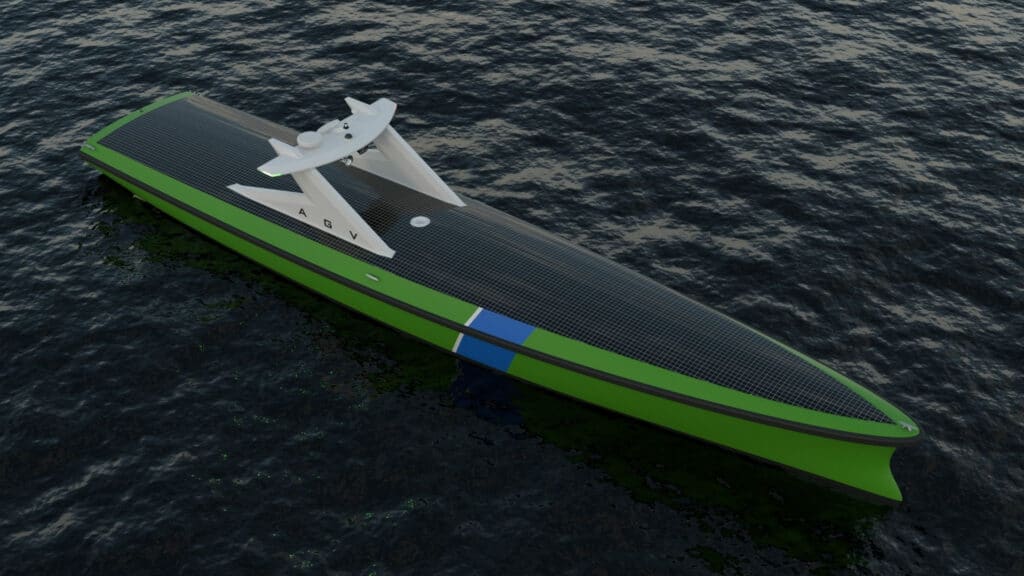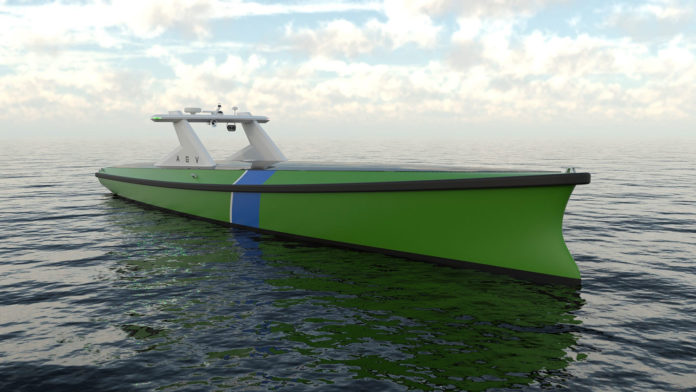Offshore installations, such as coastal wind turbines, need to be protected, but maintaining a guard is too expensive for them. The Autonomous Guard Vessel (AGV) can solve this problem.
In order to efficiently monitor offshore installations, C-Job Naval Architects, in collaboration with LISA Community, Seazip Offshore Service, Sea Machines, MARIN, and eL-Tec Elektrotechnologie, unveiled a modern concept design for an Autonomous Guard Vessel. According to the companies, the ship will be used for patrolling and monitoring activities at coastal wind farms.
The unmanned patrol boat will meet the necessary requirements for carbon emissions, and will also have low operating costs, as it is autonomous. Since no crew accommodation is required, the AGV is significantly smaller and lighter than existing surveillance vessels, which also makes the propulsion requirements quite low. At the same time, the autonomous guard vessel is electrically powered, in turn contributing to the reduction of the environmental footprint of shipping.

The AGV will need to periodically return to an onsite charging station to refill the batteries. Besides, the ship has solar panels at the top, which will allow cruising and communications to continue in the event of a loss of battery power. To ensure non-stop monitoring, multiple AGVs are deployed simultaneously and assigned to multiple locations. That way, even if one boat is moored and charging, another can go on patrol.
The boat itself detects and identifies potential offending vessels using a combination of optical cameras, radars, and an existing Maritime Automatic Identification System (AIS). As announced by the aforementioned companies participating in the project, each ship will be able to communicate and receive information on how to safely navigate the area, as well as its removal from the water, with the help of the autonomous guard boat.
If a ship comes too close to the offshore installation, the AGV sends a warning by radio, then comes alongside and physically escorts the ship from the area. This prevents collisions with and damage to offshore installations. If that ship does not comply with the request, the AGV’s video system can record the incident for possible subsequent prosecution.
According to the developers, autonomous patrol vessels will protect coastal infrastructure with minimal financial costs. In addition, all data collected by the AGV will be sent to the Command Center. This can be standalone on a mother ship or a shore-based station.
With the development, the group of companies wants to improve the security process of an offshore environment while at the same time integrating sustainable solutions and reducing the total costs.
The current concept does not include the installation of automated weapons or any military guidance systems on a ship. Nevertheless, existing technologies make it easy to turn a robo-vessel into a combat unit.
